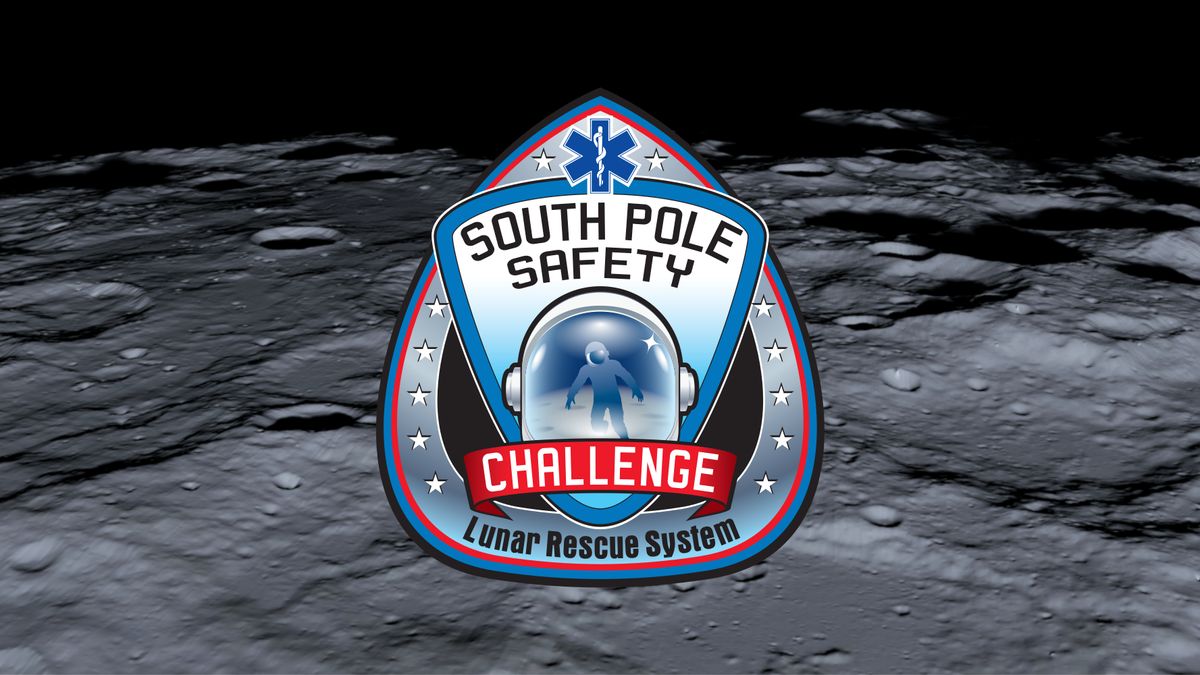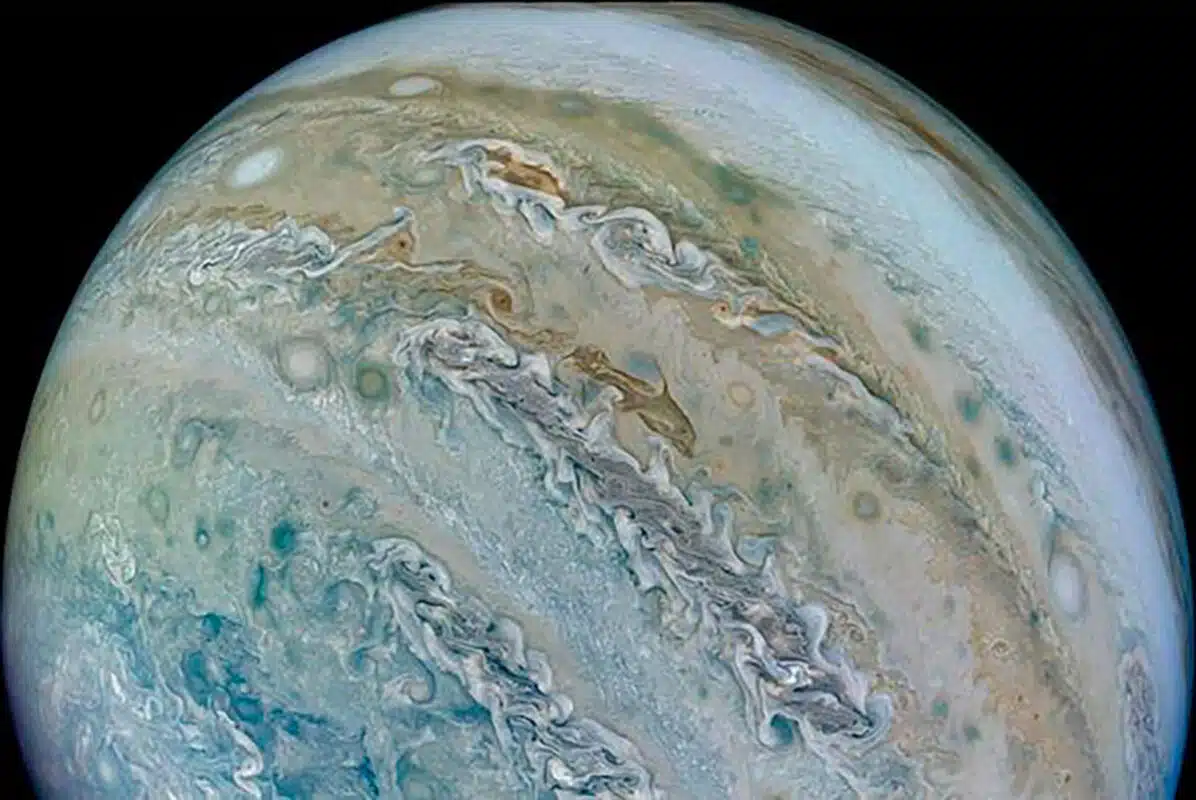Jupiter planet and Callisto moon in the outer space. 3d render
getty
Callisto, an icy moon of Jupiter, has long remained a puzzle for planetary scientists. Compared to other large moons of Jupiter and Saturn, Callisto has been significantly less studied and is often considered to be a lifeless celestial body.
However, a recent paper published in The Journal of Geophysical Research: Planets has revealed a new mystery about Callisto. According to the study, the moon has a higher amount of molecular oxygen in its atmosphere than previously estimated.
Previously, scientists believed that the oxygen in Callisto’s atmosphere was a result of Jupiter’s magnetic field interacting with the moon’s icy surface. However, the new models indicate that there is not enough molecular oxygen to support this assumption.
This discovery suggests that either the source of oxygen on Callisto or the calculations for the lifespan of molecular oxygen need further examination and reevaluation, according to Shane Carberry Mogan, the lead author of the paper and a postdoctoral scholar in planetary science at the University of California, Berkeley.
Artist’s illustration of the surface of Callisto
getty
Not a Candidate for Life
Despite harboring water, Callisto is not considered a potential habitat for life. Its extremely low temperatures, lack of intrinsic magnetosphere, and absence of active cryovolcanism make it inhospitable for life as we know it. However, the presence of water on Callisto is significant, as water is a crucial ingredient for life on Earth.
Callisto’s surface is believed to consist of patches of cold, bright ice and warm, dark non-ice or ice-poor material. Data from NASA’s Galileo spacecraft suggest that the moon’s interior is a mixture of undifferentiated ice and rock, lacking a distinct core and mantle.
Why is Callisto Overlooked?
There are several reasons why Callisto has received less attention compared to other moons. During the flyby of NASA’s Voyager spacecraft in the late 1970s, Callisto appeared as a cratered body with little additional interest. Other moons like Europa and Ganymede garnered more attention during the mission.
However, future missions such as NASA’s Europa Clipper and the European Space Agency’s Jupiter Icy Moons Explorer (JUICE) are set to explore the Jovian system, including multiple flybys of Callisto. Understanding Callisto is crucial for studying the other large, icy moons and interpreting the data collected from these missions.








/cdn.vox-cdn.com/uploads/chorus_asset/file/23951553/VRG_Illo_STK175_L_Normand_DonaldTrump_Negative.jpg)





